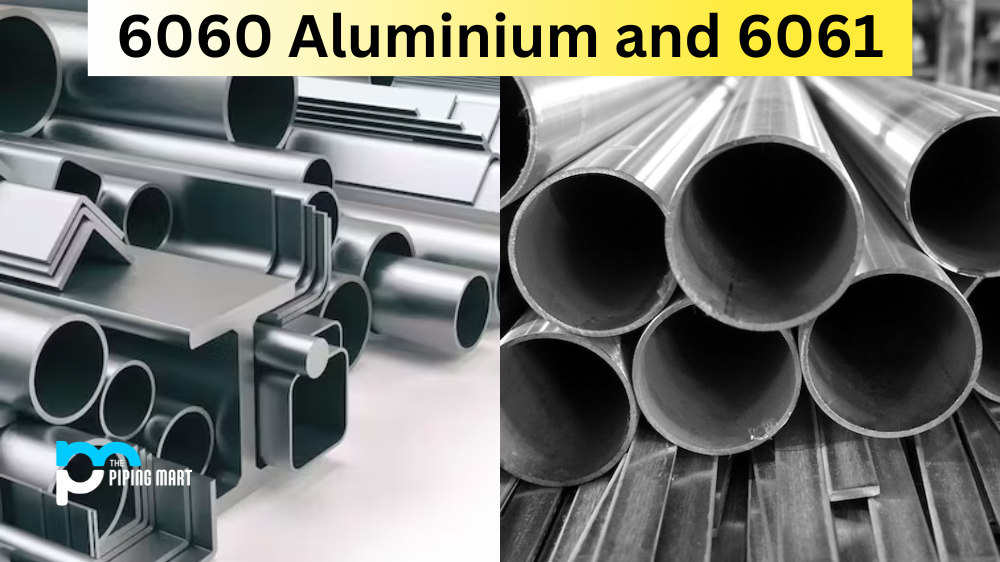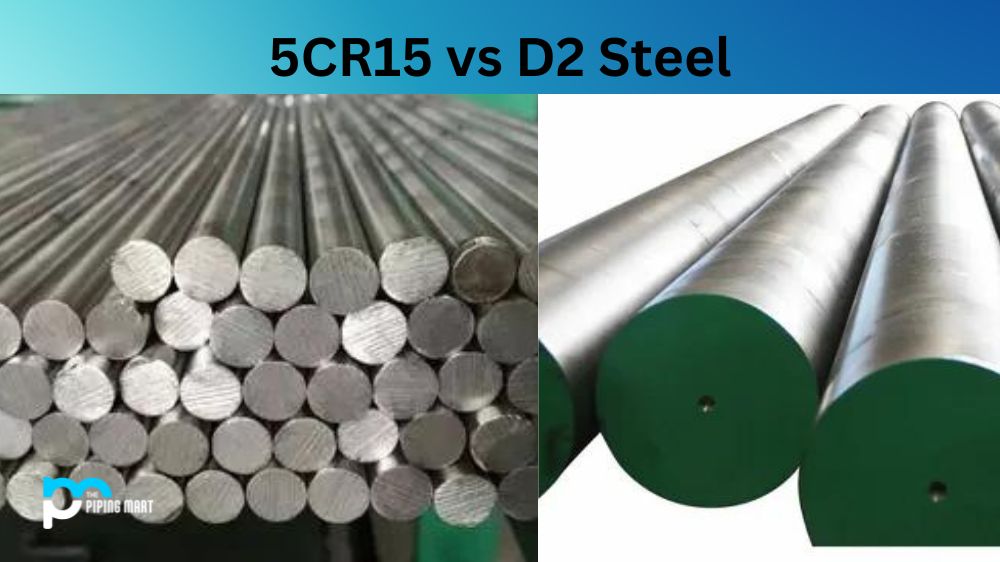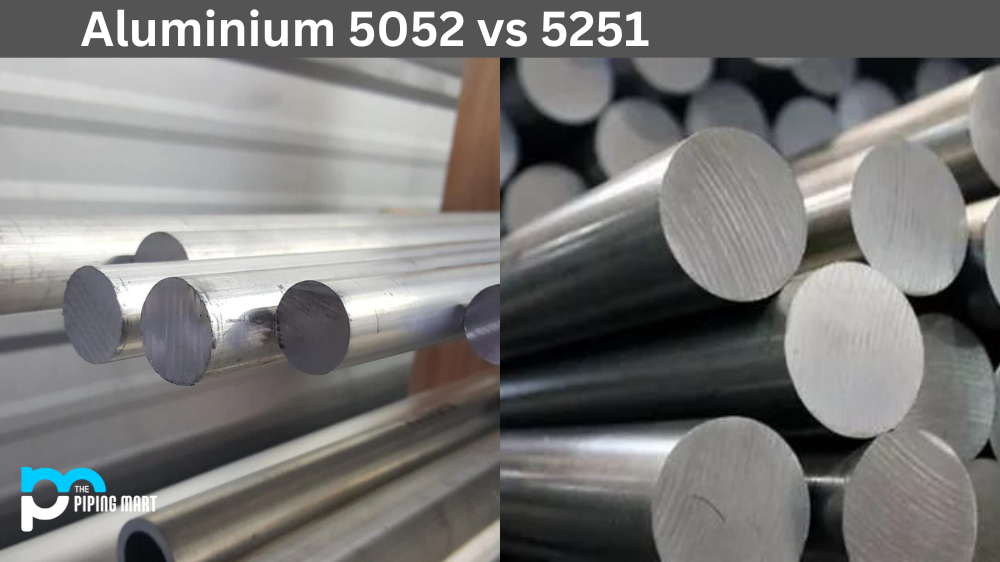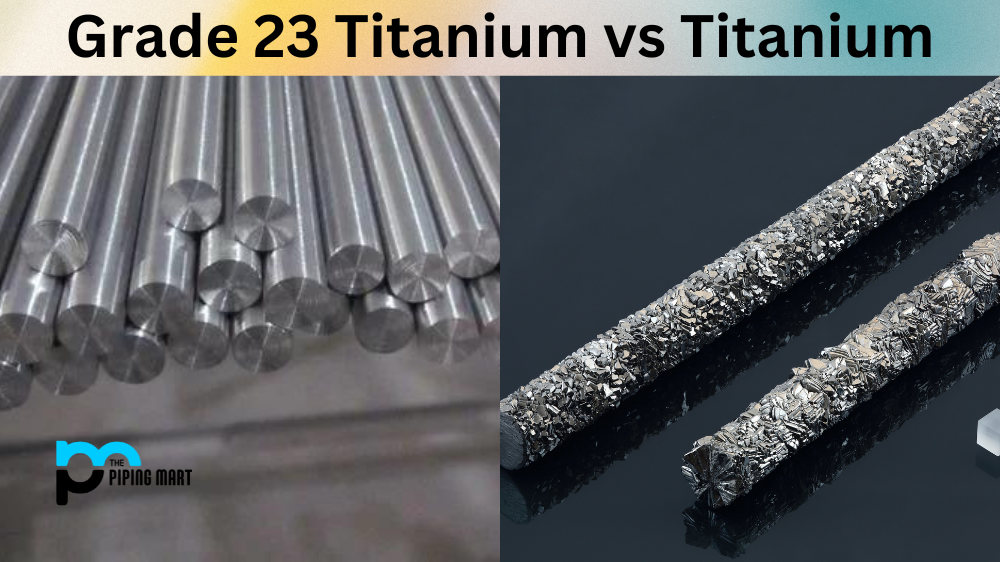Aluminum is one of the most popular materials used in different industries because of its strength, durability, and flexibility. The metal is available in various grades that differ in composition and properties. Primarily, two types of aluminium grades stand out – 6060 and 6061.
Both 6060 and 6061 aluminium grades have distinct characteristics that make them suitable for specific purposes. In this blog post, we’ll explore the differences between these two types of aluminium so that you can choose the right one for your needs.
Difference Between 6060 Aluminium and 6061
Composition
The primary difference between 6060 and 6061 is their alloy composition. Both grades are similar in many aspects. However, 6061 contains magnesium and silicon, making it stronger and more durable than 6060. 6060 is an aluminium-magnesium-silicon alloy with lower magnesium and silicon content than 6061, which makes it easier to form and excellent for extrusion.
Applications
6060 is ideal for decorative finishes and architectural details like window frames, door frames, and signage because it is easier to bend and form. On the other hand, 6061 is commonly used in highly-stressed structural applications like aeroplanes, boats, and automotive parts, where strength, durability, and resistance to corrosion are crucial.
Weldability
6060 and 6061 are weldable using common welding techniques such as TIG, MIG, and stick. However, 6061 contains magnesium and silicon, so it tends to be more difficult to weld than 6060. 6061 requires preheating before welding to prevent cracking and pitting.
Surface Finish
6060 is commonly used for decorative finishes because it has a smoother finish than 6061. It is more easily extruded into various shapes, and the shapes don’t require additional finishing or polishing. In contrast, 6061 has a matte, slightly grainy surface that requires further finishing to make it suitable for decorative purposes.
Conclusion
In summary, the fundamental differences between 6060 and 6061 are their composition, applications, weldability, and surface finish. If you’re looking for aluminium, ideal for decorative purposes, you’re better off using 6060. However, if you need aluminium for highly-stressed applications, such as aircraft and automotive parts, then go for 6061, as it offers higher strength and durability. It is essential to consider these factors when choosing the ideal type of aluminium to suit your needs.

A passionate metal industry expert and blogger. With over 5 years of experience in the field, Palak brings a wealth of knowledge and insight to her writing. Whether discussing the latest trends in the metal industry or sharing tips, she is dedicated to helping others succeed in the metal industry.




